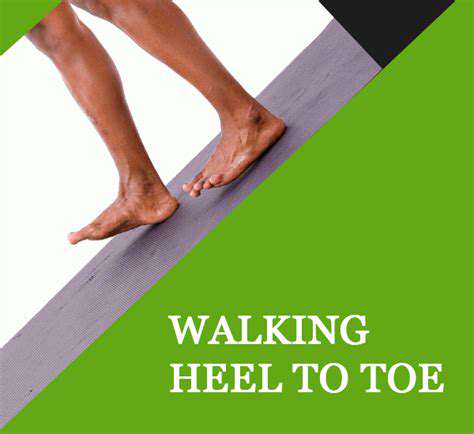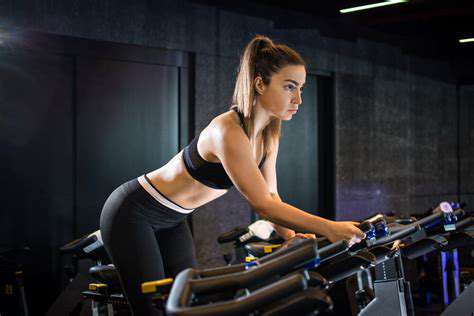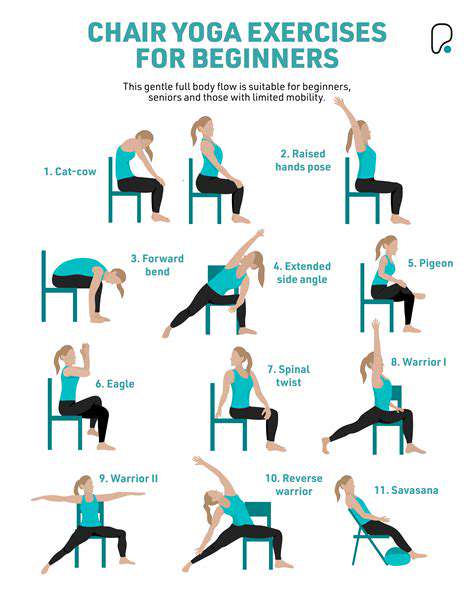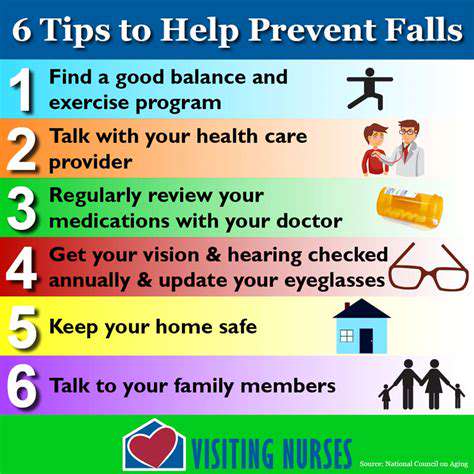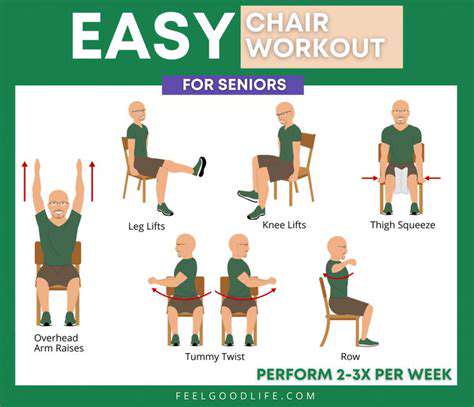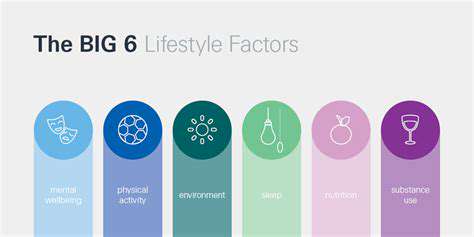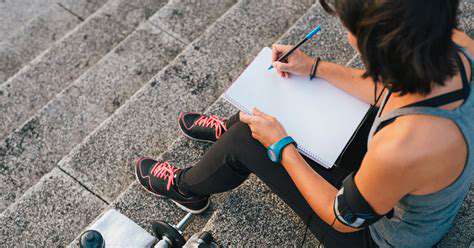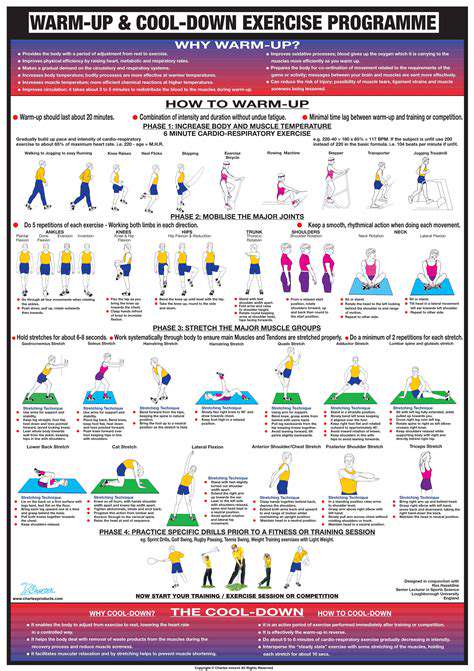How to Improve Your Balance at Home as a Senior
Seeking Professional Guidance and Support
Understanding the Importance of Balance
Maintaining balance is crucial for overall well-being, especially as we age. It impacts our ability to perform everyday tasks safely and confidently, from navigating stairs to simply getting up from a chair. Poor balance can lead to falls, which unfortunately can result in serious injuries and a reduced quality of life. Recognizing the importance of balance and actively working to improve it can significantly enhance our independence and safety at home.
This proactive approach to balance improvement often involves a combination of physical exercises and lifestyle adjustments, tailored to individual needs and limitations. Understanding the underlying factors contributing to balance issues can be a helpful first step in developing a personalized plan for improvement.
Identifying Potential Balance Challenges
Numerous factors can contribute to balance problems, ranging from medical conditions to environmental hazards. Age-related changes in the inner ear, vision, and muscle strength can impact balance. Medications can also have side effects that affect balance. Furthermore, issues such as arthritis, neurological disorders, and certain medical treatments can play a significant role.
Additionally, environmental hazards in the home, such as loose rugs, uneven flooring, or inadequate lighting, can increase the risk of falls. Identifying these potential challenges is an essential step in creating a safer and more supportive home environment.
Simple Exercises to Enhance Balance
Incorporating simple exercises into your daily routine can greatly improve your balance. Simple standing exercises, such as heel-to-toe walking and single-leg stands, can strengthen the muscles that support your balance. These exercises can be performed in a variety of settings, from your living room to your bedroom, and do not require any specialized equipment.
Consider incorporating tai chi or yoga into your routine. These practices focus on controlled movements, which can help improve balance and coordination. Always consult with a healthcare professional or physical therapist before starting any new exercise program.
Creating a Safe Home Environment
Making your home a safer environment for maintaining balance is just as important as physical exercises. Ensure that walkways are clear of clutter and obstructions. Use non-slip mats or rugs in areas that may be slippery. Adequate lighting throughout the house is crucial for good visibility, especially at night.
Install grab bars in bathrooms and other areas to provide support when getting up or moving around. Ensure that furniture is arranged in a way that allows easy movement without obstacles. These simple adjustments can significantly reduce the risk of falls and improve your overall safety at home.
Seeking Professional Guidance and Support
While many simple strategies can improve balance, consulting with a healthcare professional, such as a physical therapist or doctor, is always recommended. They can assess your specific needs, identify underlying conditions, and create a personalized exercise plan.
A physical therapist can provide tailored exercises to strengthen muscles and improve balance, while a doctor can rule out any medical conditions that might be contributing to balance problems. Seeking professional guidance and support is an important step in ensuring a safe and healthy home environment and maintaining your independence.

